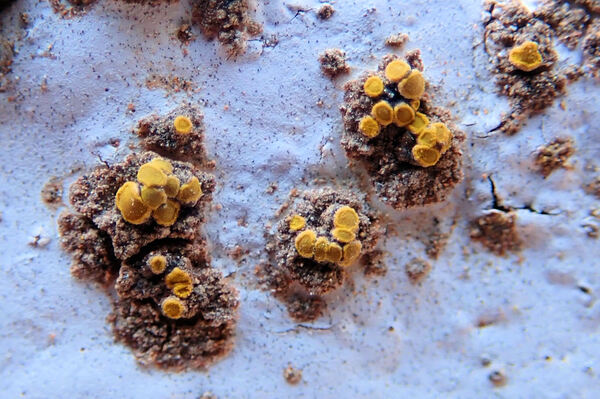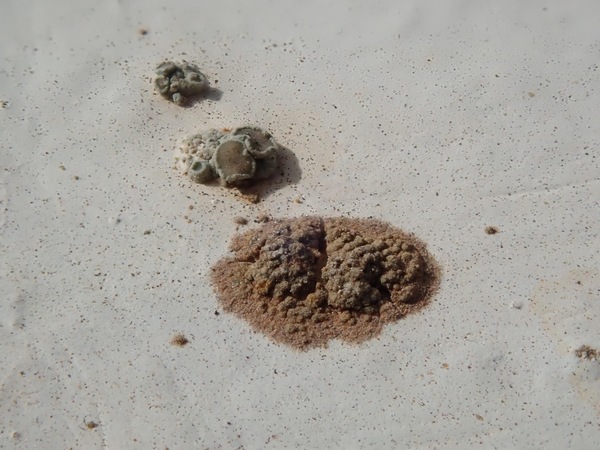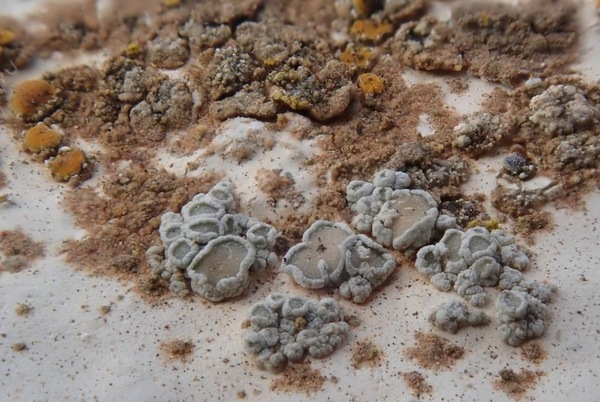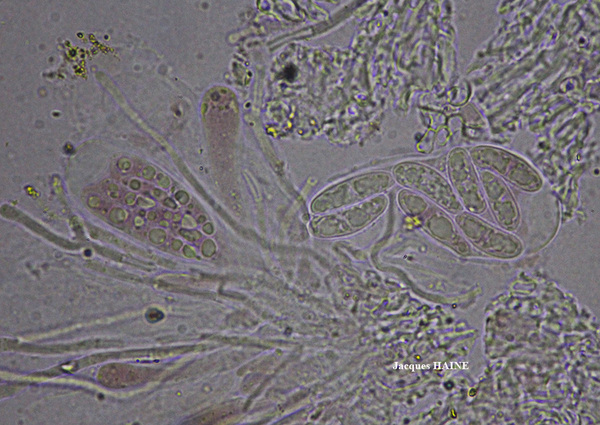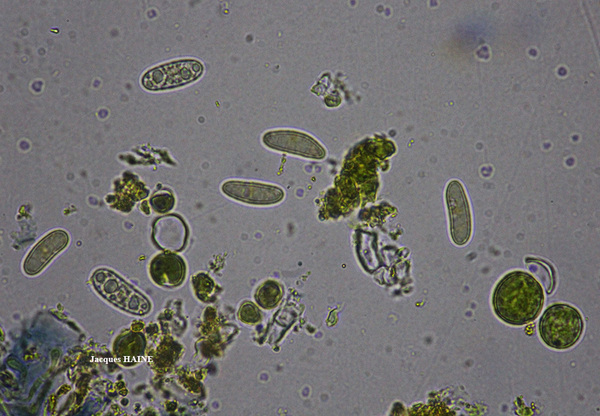Candelariella oleaginescens Rondon
in Vezda, Sched. ad Lich. Sel. Exs., 14: no. 341, 1966.
Synonyms:
Distribution: C - Emil (Fariselli & al. 2020).
Description: Thallus (which might belong to a host lichen) crustose, episubstratic, grey, turning olive- green when wet, of subsquamulose 0.1-0.2 mm thick, 0.3-1.5 mm wide, scattered to contiguous areoles. Apothecia lecanorine, 0.3-0.7 mm across, with a concave to slightly convex, pale yellow to livid yellow disc (turning olive-green when wet), and a bright yellow, entire or crenulate, sometimes flexuose, persistent proper margin, often surrounded by a greyish thalline margin. Epithecium yellow-brown, granulose, 10-15 μm high; hymenium colourless, 45-60 μm high, I+ blue; paraphyses mostly simple, c. 2 μm thick at mid-level, the apical cells not markedly swollen; hypothecium colourless, 60-90 μm high. Asci 8–spored, clavate, with an apical dome which is I+ blue only in the internal, lower part, interrupted in the centre by an I+ paler blue strip, Candelaria-type. Ascospores 1-celled (rarely a few 1-septate), hyaline, straight to slightly curved, 15-25 x 4-7 μm. Photobiont chlorococcoid. Spot tests: thallus K-, C-, KC-, P-. Chemistry: pulvinic acid derivatives in the apothecia.Note: this rather poorly known, probably Mediterranean-Macaronesian species, characterised by a grey to brown thallus and 8-spored asci, occurs on calcareous rocks, most often not far from the coast; it might have been overlooked or confused with other species in Italy.
Growth form: Crustose
Substrata: rocks
Photobiont: green algae other than Trentepohlia
Reproductive strategy: mainly sexual
Poorly known taxon in need of further study
Taxon bound to maritime-coastal situations
Commonnes-rarity: (info)
Alpine belt: absent
Subalpine belt: absent
Oromediterranean belt: absent
Montane belt: absent
Submediterranean belt: absent
Padanian area: absent
Humid submediterranean belt: absent
Humid mediterranean belt: very rare
Dry mediterranean belt: very rare

Predictive model
Herbarium samples
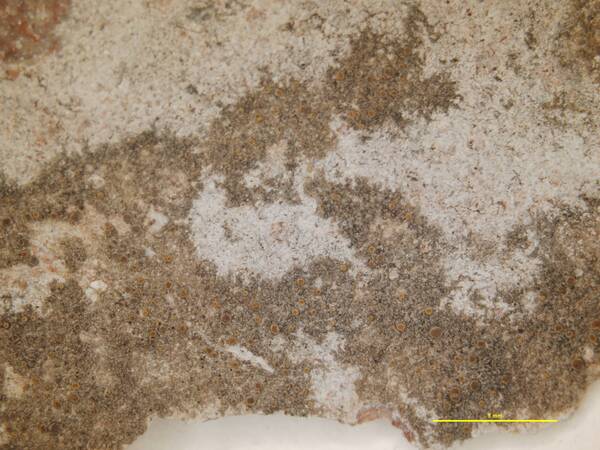
Smithsonian Institution - Source: https://lichenportal.org/cnalh/collections/individual/index.php?occid=2779360 – CC BY-SA-NC
France, Provence-Alpes-Côte d'Azur, Bouches-du-Rhône, Marseille, in collibus Marseilleveyre, prope puits de Lierre.
Vezda, Lich. Sel. Exs. 341, ISOTYPE
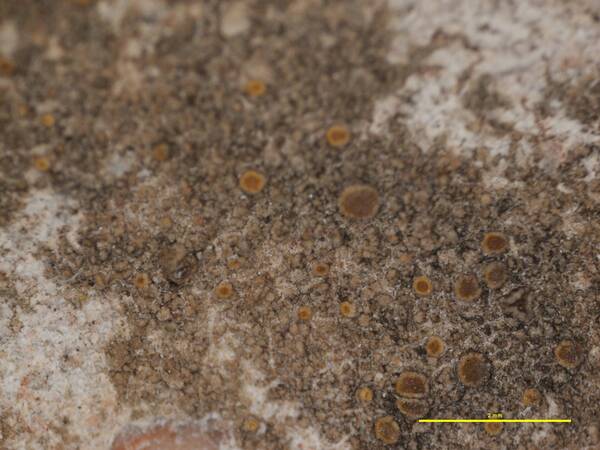
Smithsonian Institution - Source: https://lichenportal.org/cnalh/collections/individual/index.php?occid=2779360 – CC BY-SA-NC
France, Provence-Alpes-Côte d'Azur, Bouches-du-Rhône, Marseille, in collibus Marseilleveyre, prope puits de Lierre.
Vezda, Lich. Sel. Exs. 341, ISOTYPE
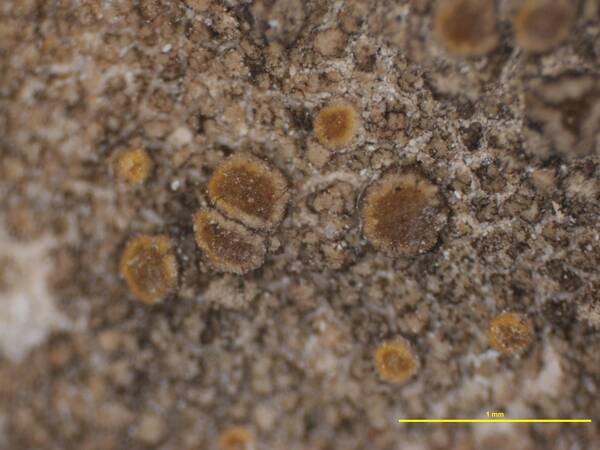
Smithsonian Institution - Source: https://lichenportal.org/cnalh/collections/individual/index.php?occid=2779360 – CC BY-SA-NC
France, Provence-Alpes-Côte d'Azur, Bouches-du-Rhône, Marseille, in collibus Marseilleveyre, prope puits de Lierre.
Vezda, Lich. Sel. Exs. 341, ISOTYPE
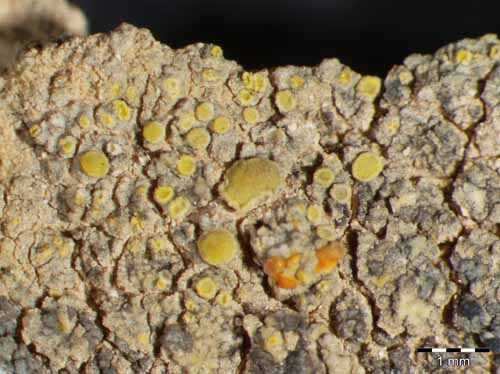
Harrie Sipman – Source http://www.bgbm.fu-berlin.de/sipman/Zschackia/AegeanLichens/CaloplacaAC.htm - As Caloplaca oasis

Smithsonian Institution - Source: https://lichenportal.org/cnalh/collections/individual/index.php?occid=2779360 – CC BY-SA-NC
France, Provence-Alpes-Côte d'Azur, Bouches-du-Rhône, Marseille, in collibus Marseilleveyre, prope puits de Lierre.
Vezda, Lich. Sel. Exs. 341, ISOTYPE
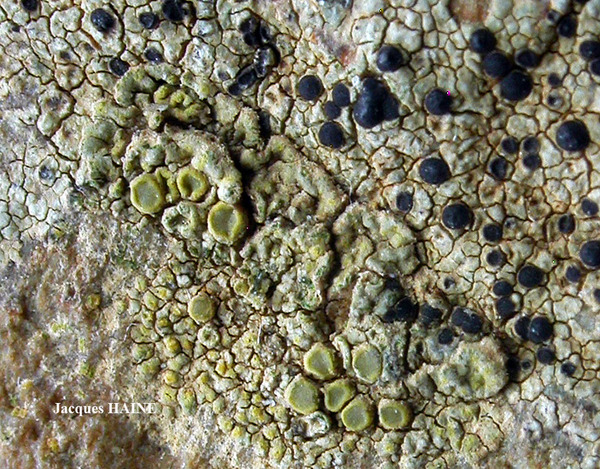
Jacques Haine - Source: http://www.lichensmaritimes.org/index.php?task=fiche&lichen=860&lang=en
France, Aber
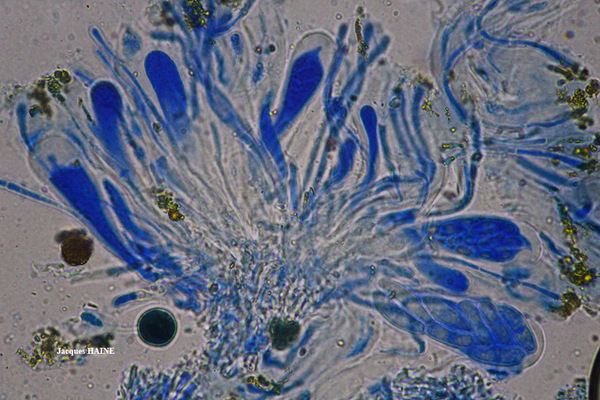
Jacques Haine - Source: http://www.lichensmaritimes.org/index.php?task=fiche&lichen=860&lang=en
France, Aber
Growth form: Crustose
Substrata: rocks
Photobiont: green algae other than Trentepohlia
Reproductive strategy: mainly sexual
Poorly known taxon in need of further study
Taxon bound to maritime-coastal situations
Commonnes-rarity: (info)
Alpine belt: absent
Subalpine belt: absent
Oromediterranean belt: absent
Montane belt: absent
Submediterranean belt: absent
Padanian area: absent
Humid submediterranean belt: absent
Humid mediterranean belt: very rare
Dry mediterranean belt: very rare

Predictive model
| Herbarium samples |

Smithsonian Institution - Source: https://lichenportal.org/cnalh/collections/individual/index.php?occid=2779360 – CC BY-SA-NC
France, Provence-Alpes-Côte d'Azur, Bouches-du-Rhône, Marseille, in collibus Marseilleveyre, prope puits de Lierre.
Vezda, Lich. Sel. Exs. 341, ISOTYPE

Smithsonian Institution - Source: https://lichenportal.org/cnalh/collections/individual/index.php?occid=2779360 – CC BY-SA-NC
France, Provence-Alpes-Côte d'Azur, Bouches-du-Rhône, Marseille, in collibus Marseilleveyre, prope puits de Lierre.
Vezda, Lich. Sel. Exs. 341, ISOTYPE

Smithsonian Institution - Source: https://lichenportal.org/cnalh/collections/individual/index.php?occid=2779360 – CC BY-SA-NC
France, Provence-Alpes-Côte d'Azur, Bouches-du-Rhône, Marseille, in collibus Marseilleveyre, prope puits de Lierre.
Vezda, Lich. Sel. Exs. 341, ISOTYPE

Harrie Sipman – Source http://www.bgbm.fu-berlin.de/sipman/Zschackia/AegeanLichens/CaloplacaAC.htm - As Caloplaca oasis

Smithsonian Institution - Source: https://lichenportal.org/cnalh/collections/individual/index.php?occid=2779360 – CC BY-SA-NC
France, Provence-Alpes-Côte d'Azur, Bouches-du-Rhône, Marseille, in collibus Marseilleveyre, prope puits de Lierre.
Vezda, Lich. Sel. Exs. 341, ISOTYPE

Jacques Haine - Source: http://www.lichensmaritimes.org/index.php?task=fiche&lichen=860&lang=en
France, Aber

